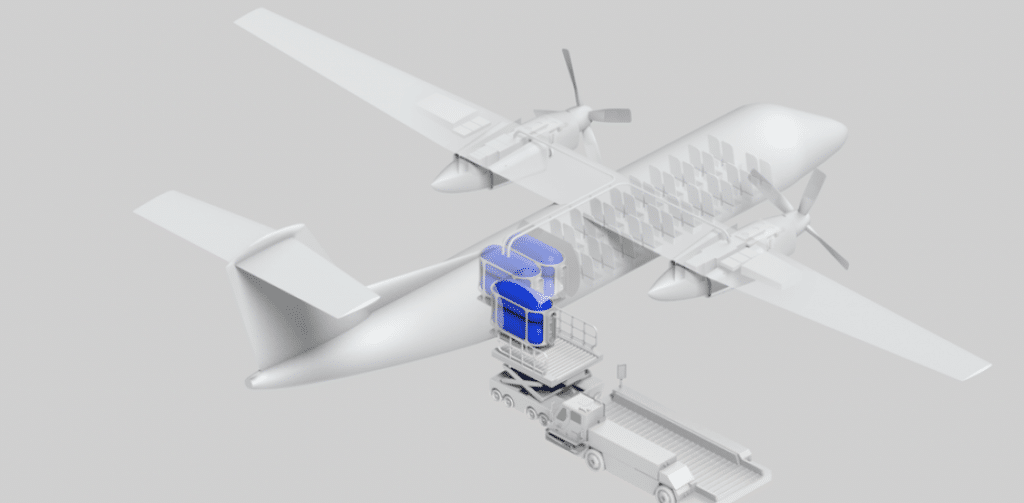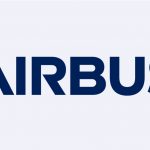Conversion Plan Set To Promote Early Switch to Hydrogen Fuel
by Charles Alcock – September 18 2020 AINonline
Universal Hydrogen, a California-based startup co-founded by former Airbus chief technology officer Paul Eremenko, has launched plans to convert regional airliners to hydrogen power. The company says its business model will encourage early adoption of the carbon-free fuel by the air transport industry before manufacturers develop new aircraft with hydrogen propulsion as standard equipment.
Universal Hydrogen is proposing a conversion kit that would install hydrogen fuel modules to be fitted to the rear of existing airliners. (Image: Universal Hydrogen)
Eremenko and his fellow founders maintain that hydrogen is the only clear pathway for aviation to achieve true carbon neutrality and the complexity of the required infrastructure remains the key obstacle in the way of its widespread adoption. Formed seven months ago, Universal Hydrogen recently publicized a plan to re-engine Dash 8 and ATR 42 regional airliners with fuel-cell electric propulsion and refillable hydrogen modules.
The modules will be supplied directly from hydrogen production facilities to the aircraft. The company is offering to cover all or part of the conversion kit costs for the new propulsion system in return for long-term contracts to supply the hydrogen.
According to Eremenko, it would be far too capital intensive to supply hydrogen in the same way that Jet-A supplies reach aircraft today, via ships, pipelines, and fuel trucks. “Infrastructure is the main problem, and the solution we’re building is a capital-light approach to delivering hydrogen to any airport in the world,” Eremenko told AIN.
Universal Hydrogen’s response has been to treat the fuel as dry freight and find a safe, efficient way to maintain supply to airlines. Its modules, which measure about seven feet long and three feet in diameter, can carry the hydrogen in liquid or compressed gas form to be loaded into the back of the aircraft via standard cargo loading equipment or a forklift.
According to the company, aircraft of the size of the Dash 8 or the ATR 42 will offer a 400 nm usable range (allowing for reserves) with compressed gas hydrogen or 550 nm with liquid hydrogen. That means they would be able to serve, respectively, about 75 percent and 95 percent of the routes now flown by those aircraft models.




